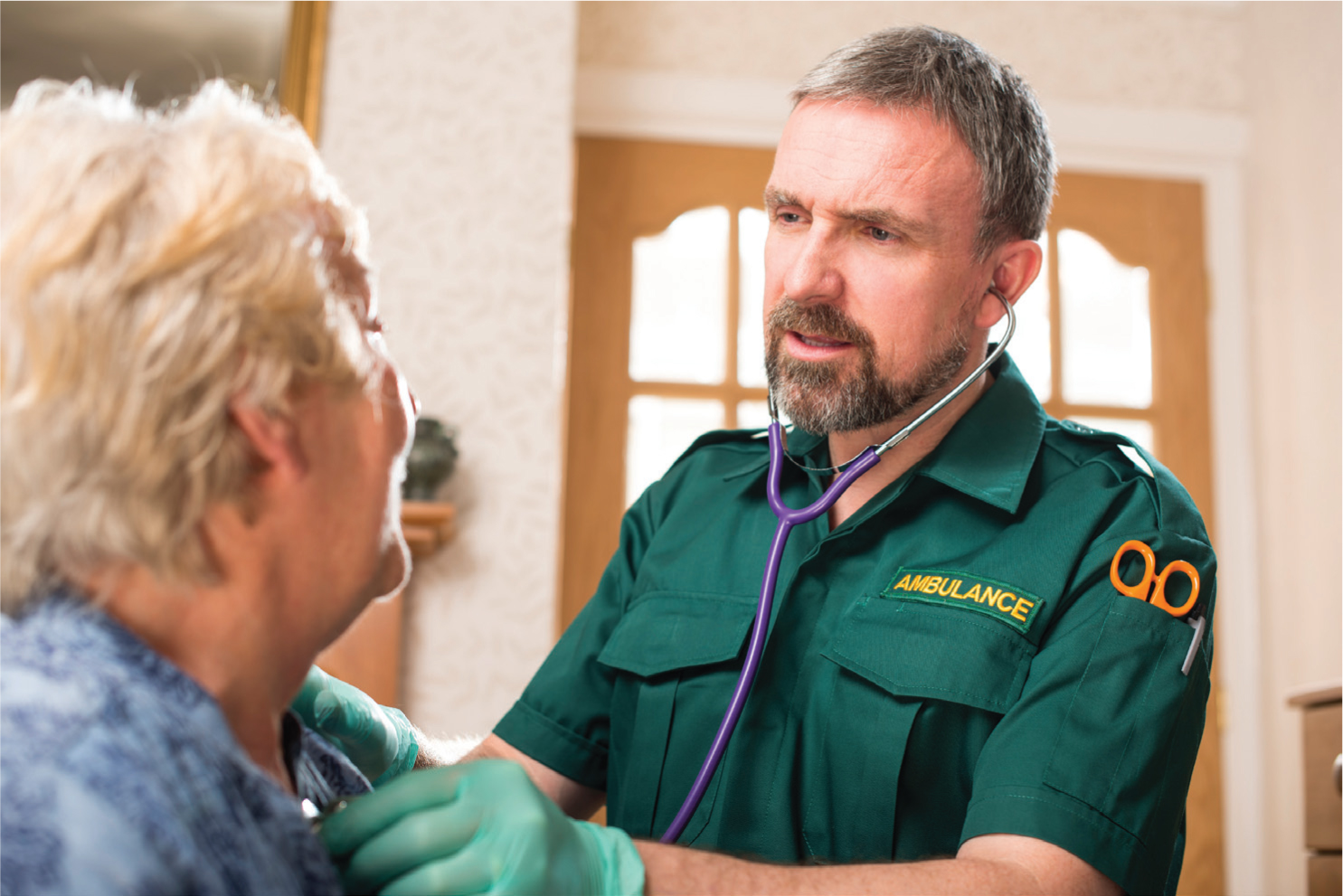
It could be suggested that one of the greatest challenges that faces contemporary society, due to its various social, economic and political implications is population ageing.
Population ageing is an international phenomenon. The ageing population of the UK parallels that in a number of other European countries. This is partly a result of the age structure of the population who are alive today and in particular the ageing of the large number of those people who were born during the baby boom of the 1960s. It can also be seen as due to an increased longevity.
For the first time, there are 11 million people in the UK who are at least aged 65. There are over 22.7 million people aged 50 years and over; this equates to over a third of the total UK population (Office for National Statistics, 2014). Cracknell (2010) predicts that there will be 5.5 million more elderly people in 20 years time and by 2050 this number will have nearly doubled to around 19 million. Within this total, the number of those people who are very old will grow even faster.
The age structure of the UK population will gradually become older. The impact that this will have on the ambulance service is unknown, but it will certainly have an effect. Population ageing will mean that in the future there will be a greater number of elderly dependents.
There are a number of implications of population ageing; for example, the state pension system is currently funded on a ‘pay as you go’ basis, through the contributions of the current workforce as opposed to an accumulated reserve of previous contributions. A fall in the ratio of workers to pensioners means that the funding of the state pension has become a major concern.
Economic growth and productivity will also be impacted as a result of population ageing. The size of the working age population will decrease, and increases in old age dependency have the potential to deplete resources that might otherwise be used in order to support economic growth.


There has also been much discussion regarding how far changes in the demographic profile of our society will create a burden on the NHS and social care. The increase in the elderly population, particularly the number of those who are aged 85 years and over, may put greater pressure on all areas of the NHS as well as care home capacity.
It is important to understand the demographic trends in order to implement fundamental changes in the way health and social care services are to be managed and funded. How the health and social care needs of the elderly are provided for by the state, or if this is to be offered on a private basis, will depend principally on this new Government's future decisions concerning the NHS and the role of the state in health and care provision.
Currently, it is family members who provide most of the informal care given to the elderly. Those who are now reaching older age include larger proportions who have had children, large proportions who are not yet widowed and small proportions who have never married. The proportion of elderly people who are divorced is currently small; however, this proportion is rapidly increasing. Cohorts born since the mid-1950s have exhibited different patterns of family formation and dissolution, and the longer-term prospects for the familial support of old people as a result of this are therefore likely to be less favourable (Rutherford, 2012).
Wittenberg et al (2014) conducted a study which aimed to gain an improved understanding of the drivers associated with emergency hospital admissions of older people in England. They noted that older people are becoming healthier, suggesting that an ageing population is putting less pressure on hospital emergency departments than was generally believed. They also found that people born in each year from 1912 were increasingly less likely to need emergency treatment, and they spent shorter periods in hospital once they were admitted as a result of reductions in smoking and healthier diets, as well as vaccination programmes taken earlier in life and the use of preventive drugs such as statins. However, this trend may not continue, with high levels of obesity among the young and of drinking in middle age, and reluctance for today's generation to exercise.
The number of emergency admissions of patients aged over 65 years rose from 1.51 million in 1999–2000 to 2.13 million in 2011–12, notwithstanding each year's new cohort of older people being less likely to be admitted to hospital than the previous year's cohort. The rise, according to Wittenberg et al (2014) was because there were more older people, as well as factors such as advances in technology, and this meant that people were being admitted more often for diagnostic tests, changes in capacity as a result of increased funding in the 2000s, or an increasingly ‘risk-averse’ society that was more prone to seek treatment.
An ageing population should not be seen as an extreme burden on NHS hospitals; older people today are using less hospital admissions than they did 5 or 10 years ago. Service providers and commissioners should heed these findings and ensure that future service provision reflects the true need of this growing population.

